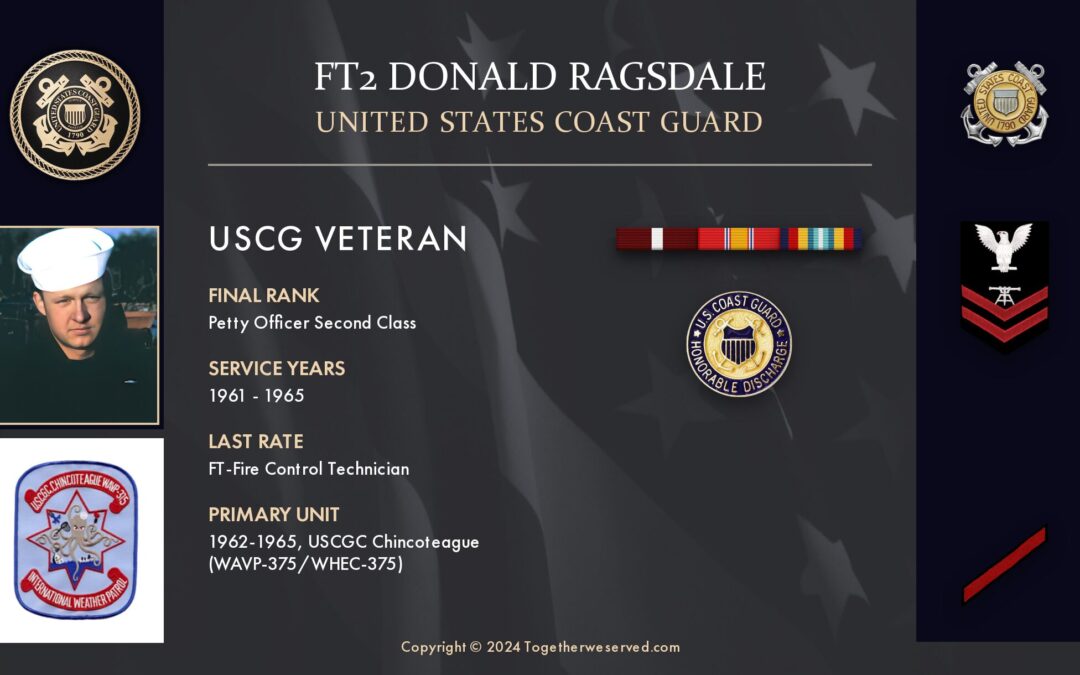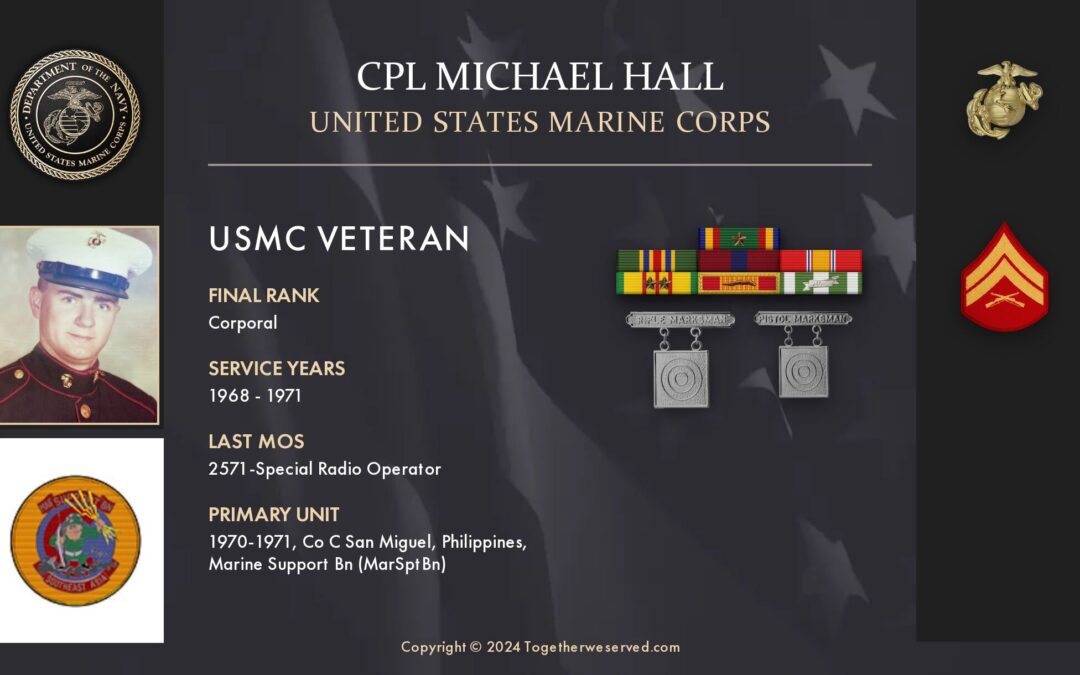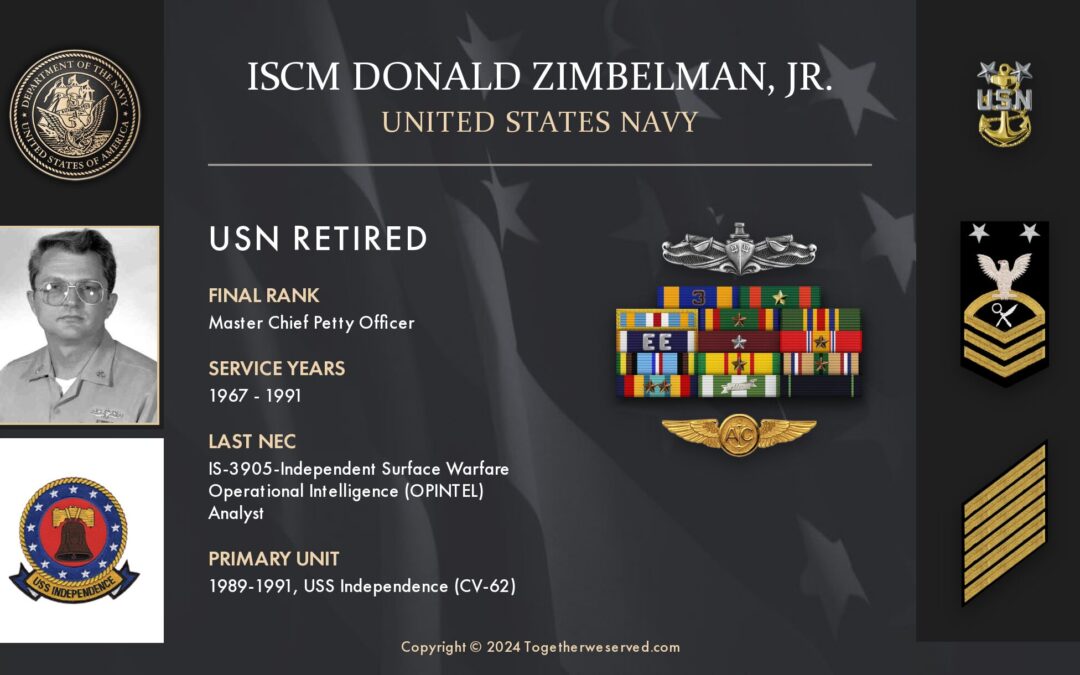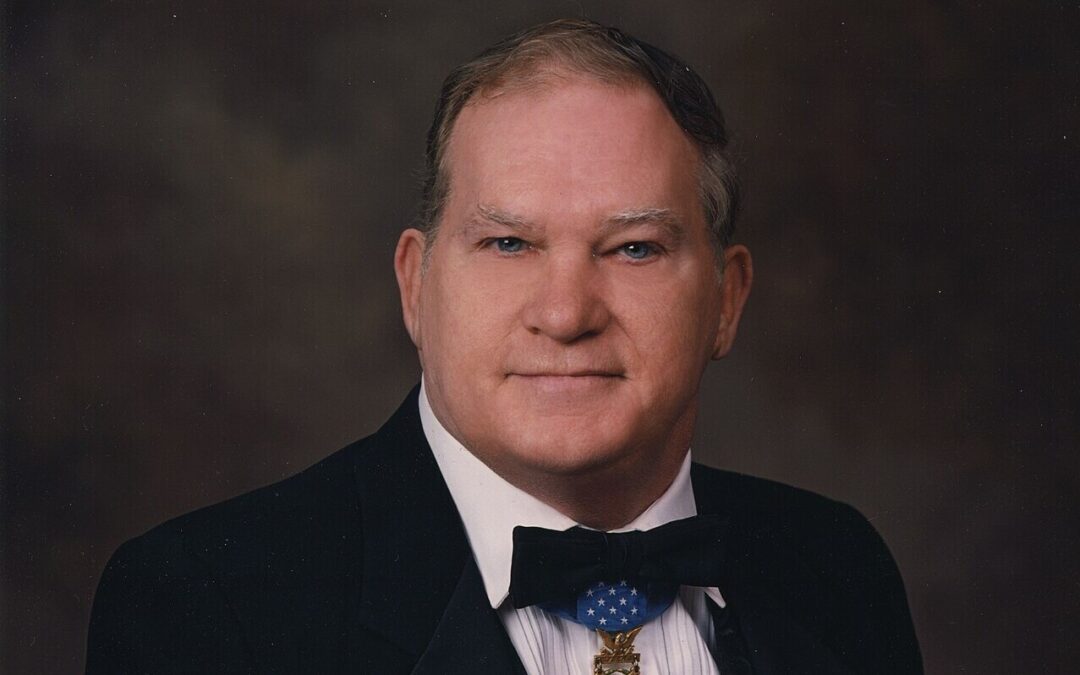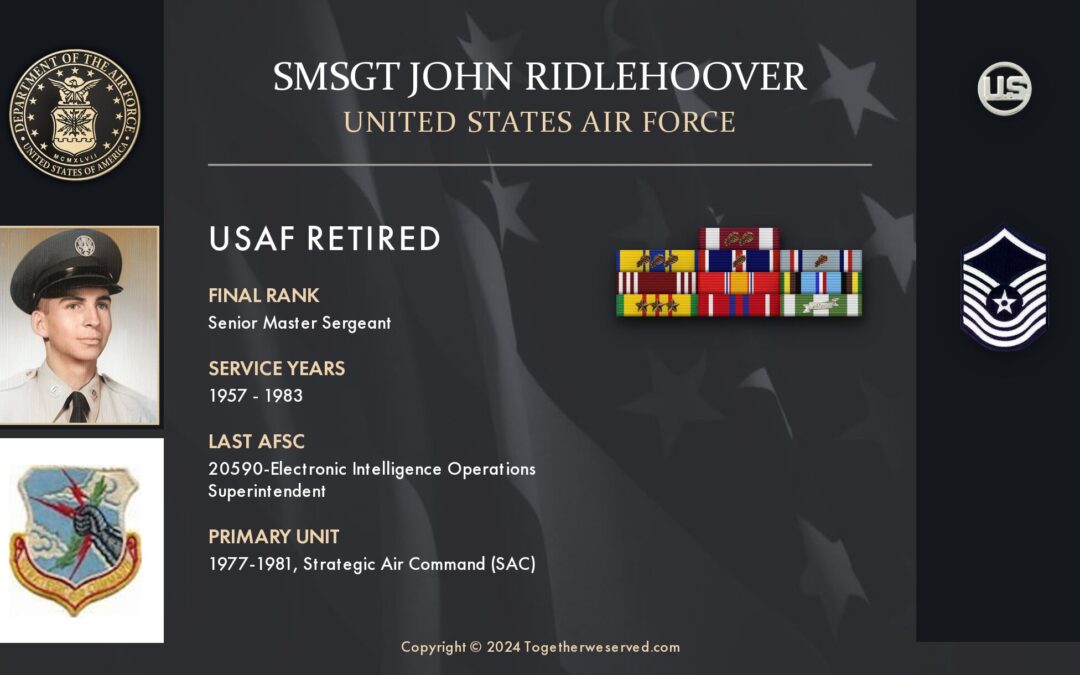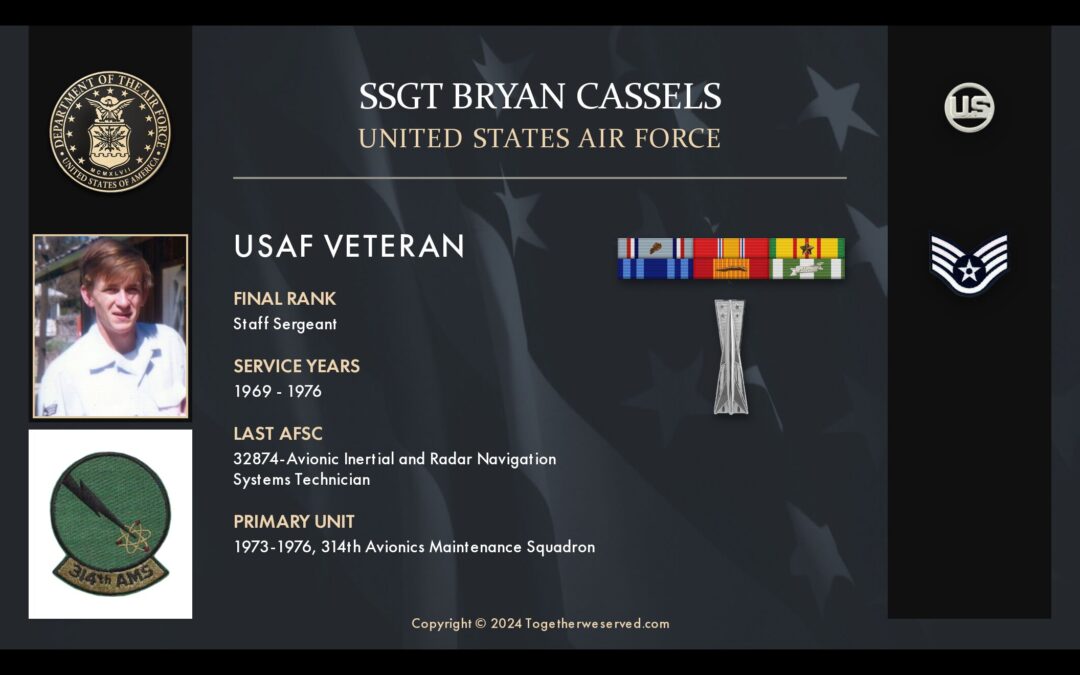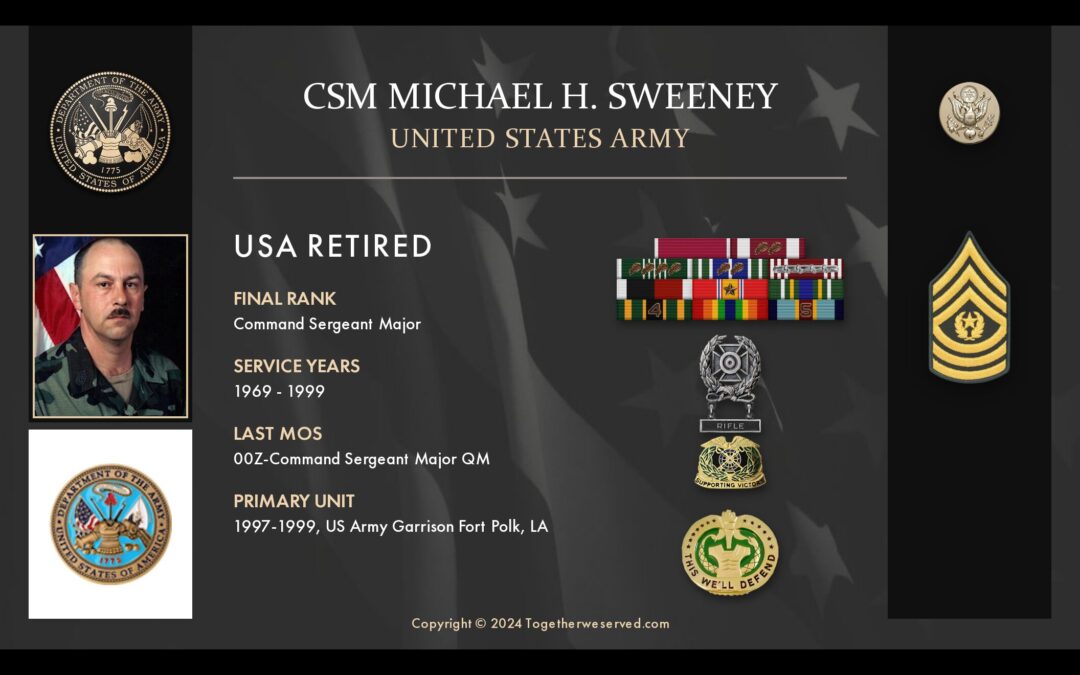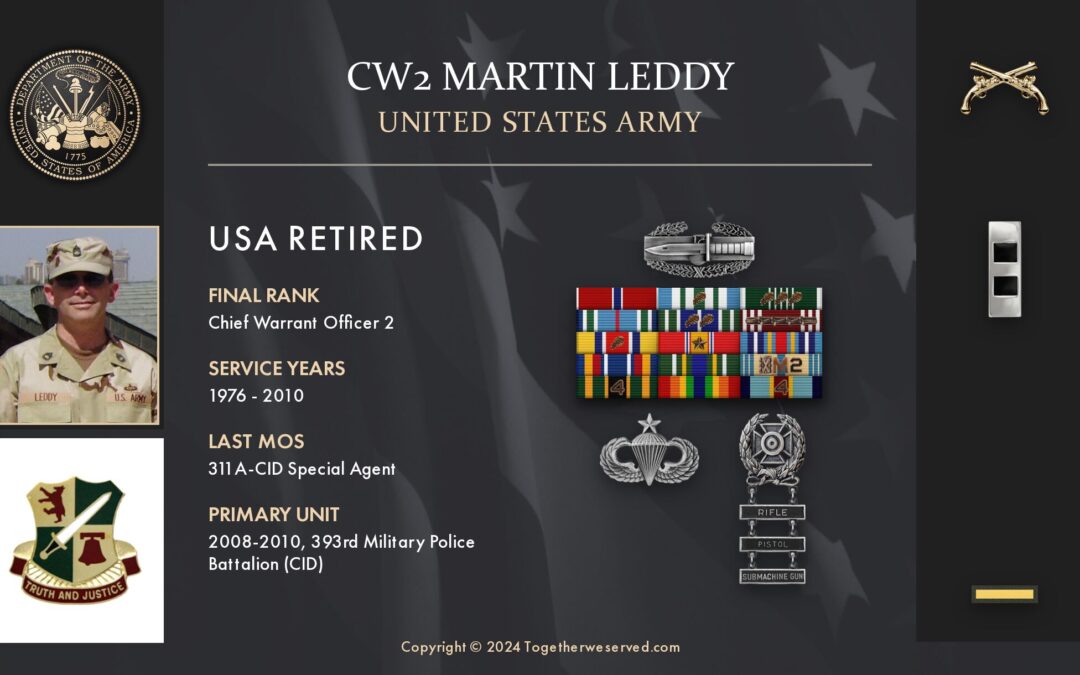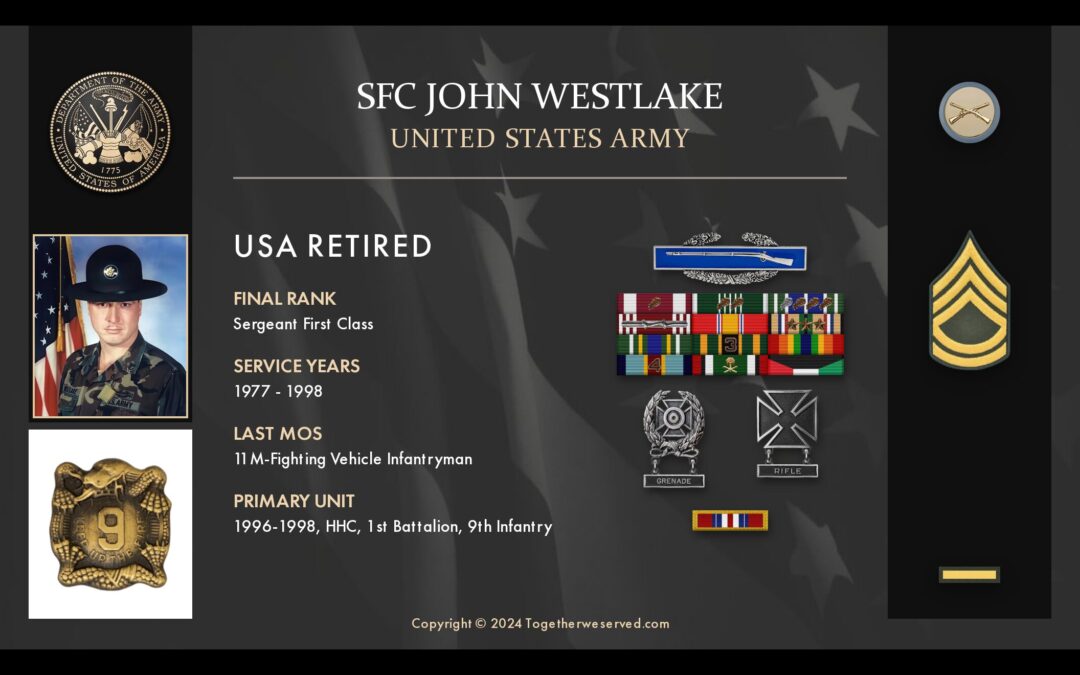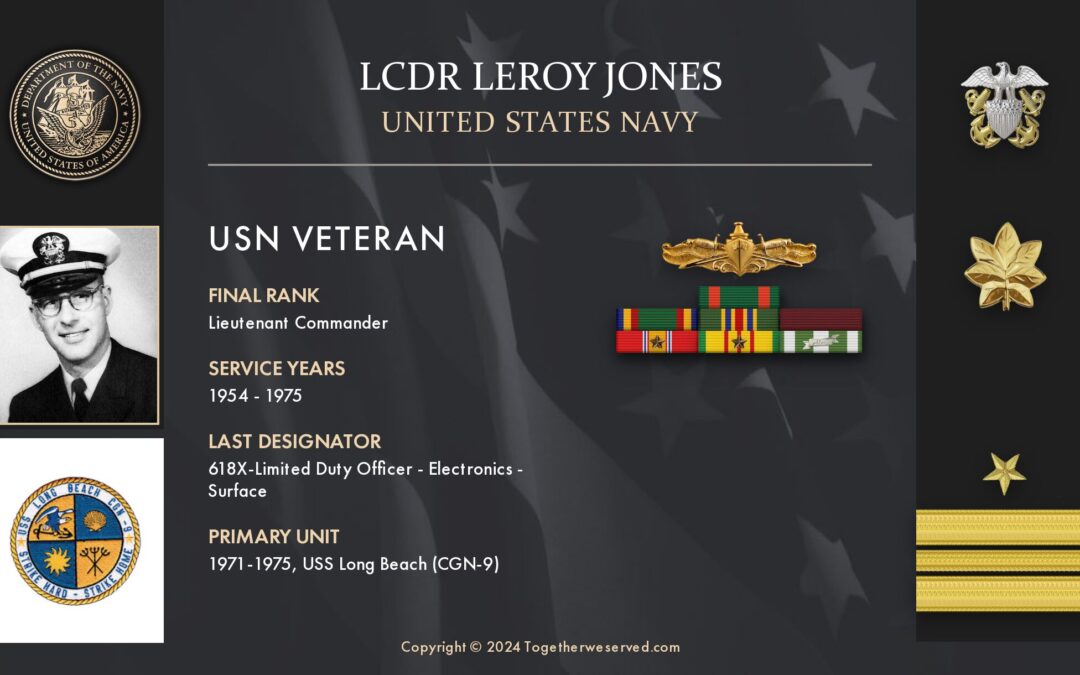From high school, I had been leaning toward a military career. My high school ROTC instructor didn’t have any information on the Naval ROTC program, but he gave me a booklet about the Coast Guard Academy. I guess you could say that my Coast Guard recruiter was M/SGT Vincent Thomas, USA.
